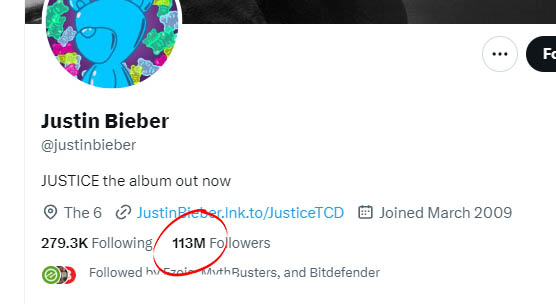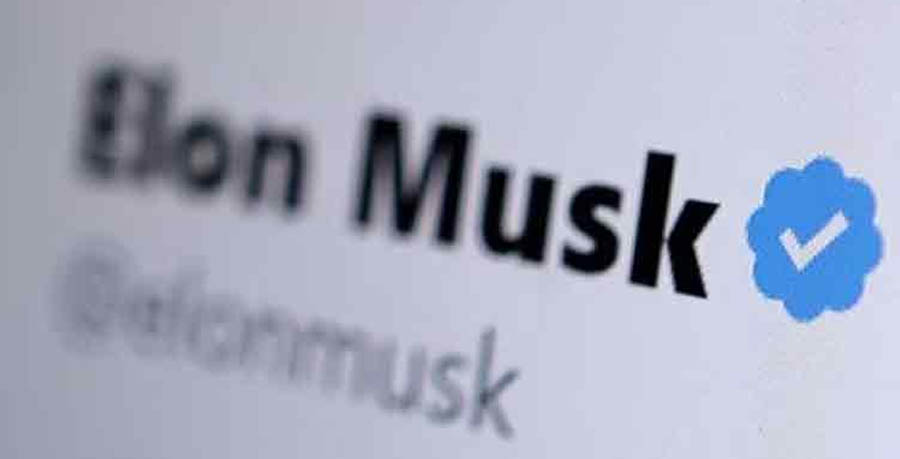Twitter removes blue checkmarks for notable accounts – In The News
Welcome to the Thunderdome. And by that, we mean post-legacy-checkmark Twitter.
The day has arrived where one of Elon Musk’s first promises – to remove blue checkmarks for notable accounts – has finally come to fruition.
Since taking over Twitter, Musk’s tenure thus far has been plagued with controversy, and while most of that has been played out in the political sphere, Musk’s pledge to remove blue checkmarks for notable accounts is a decision that has seeped into the Cybersecurity world.
But why?
Because the verified blue ticks are what is known in the Cybersecurity world as “trust signals”. Now before our readers rush to complain that you shouldn’t necessarily trust someone merely because they were distinguished by a blue checkmark, you’re entirely right, but that’s not what we mean. The term “trust signal” refers not to “you can trust what this person says”, rather it means “you can trust that this is the actual person you think it is, and not some cyber crook impersonating them with a cloned account”.
The verified checkmark was one of the most important trust signals on the social platform, since it was instantly recognisable, with a prominent position right next to the username. It made it much more difficult for scammers to create a convincing ‘clone’ account (an account with the same name and profile picture as the person they’re impersonating) since the clone account would lack that all-important checkmark.
Sponsored Content. Continued below…
Indeed the very reason why Twitter (among other platforms) first introduced the checkmark all those years ago was largely in response to complaints from users claiming it was difficult to differentiate between legitimate accounts and imposter accounts.
And now we’ve seen notable accounts ranging from singers (Beyonce, Sam Smith, Kim Kardashian), business people (Bill Gates, Alan Sugar), former politicians (Hilary Clinton, Donald Trump), journalists and media personalities and a range of high profile and popular Twitter personalities all lose that checkmark, meaning any clone account created by spammers and scammers will appear almost identical to the account they’re trying to impersonate.
In the post-legacy-checkmark world of Twitter, the only accounts adorned with the blue tick are those who choose to pay Twitter, regardless of whether they’re notable or not. And it appears that most previously checkmarked accounts have chosen not to do so.
This will inevitably increase both the frequency and success rate of impersonation scams on Twitter, where a variety of spammers and crooks will try and bait Twitter users into clicking malicious links that can lead to a plethora of different online schemes.
All the while Twitter users spend more frustrating moments trying to work out who is real and who is not on a platform where the most visible trust signal can be purchased by just about anyone with a credit card and $8 a month to spare.
Sponsored Content. Continued below…
The move will require some serious changes as to how we approach Cybersecurity on Twitter, as we try and rewire our thinking of what the blue checkmark means. It’s no longer any indication of authenticity or legitimacy, merely only a signal that someone is paying to use Twitter.
Instead we will need to rely on older and less accurate metrics to determine authenticity. This can include both the number of followers an account has and when the account joined Twitter, both of which are visible on the user’s profile page. Neither of these are perfect, but you can use them to see if the account is new and doesn’t have many followers, which is probably a good sign that it doesn’t belong to a notable person.

You can also look at the account username if you remember the genuine username of the account you’re interacting with.
It’s worth remembering that politicians in high office are denoted with a grey verification tick, and entities such as high profile companies are denoted with a gold verification tick.
But ultimately, this move has made Twitter a far better prospect for crooks looking to deceive social media users. While it’s not something we like to say, differentiating between the real and the fake on Twitter has just become a whole lot more difficult, so take everything you see on Elon Musk’s Twitter with a much bigger grain of salt than you used to.
Continued below...
Thanks for reading, we hope this article helped, but before you leave us for greener pastures, please help us out.
We're hoping to be totally ad-free by 2025 - after all, no one likes online adverts, and all they do is get in the way and slow everything down. But of course we still have fees and costs to pay, so please, please consider becoming a Facebook supporter! It costs only 0.99p (~$1.30) a month (you can stop at any time) and ensures we can still keep posting Cybersecurity themed content to help keep our communities safe and scam-free. You can subscribe here
Remember, we're active on social media - so follow us on Facebook, Bluesky, Instagram and X
